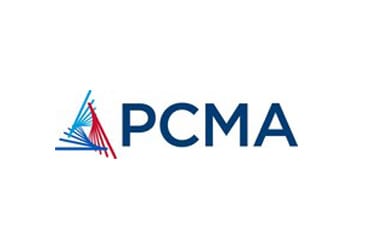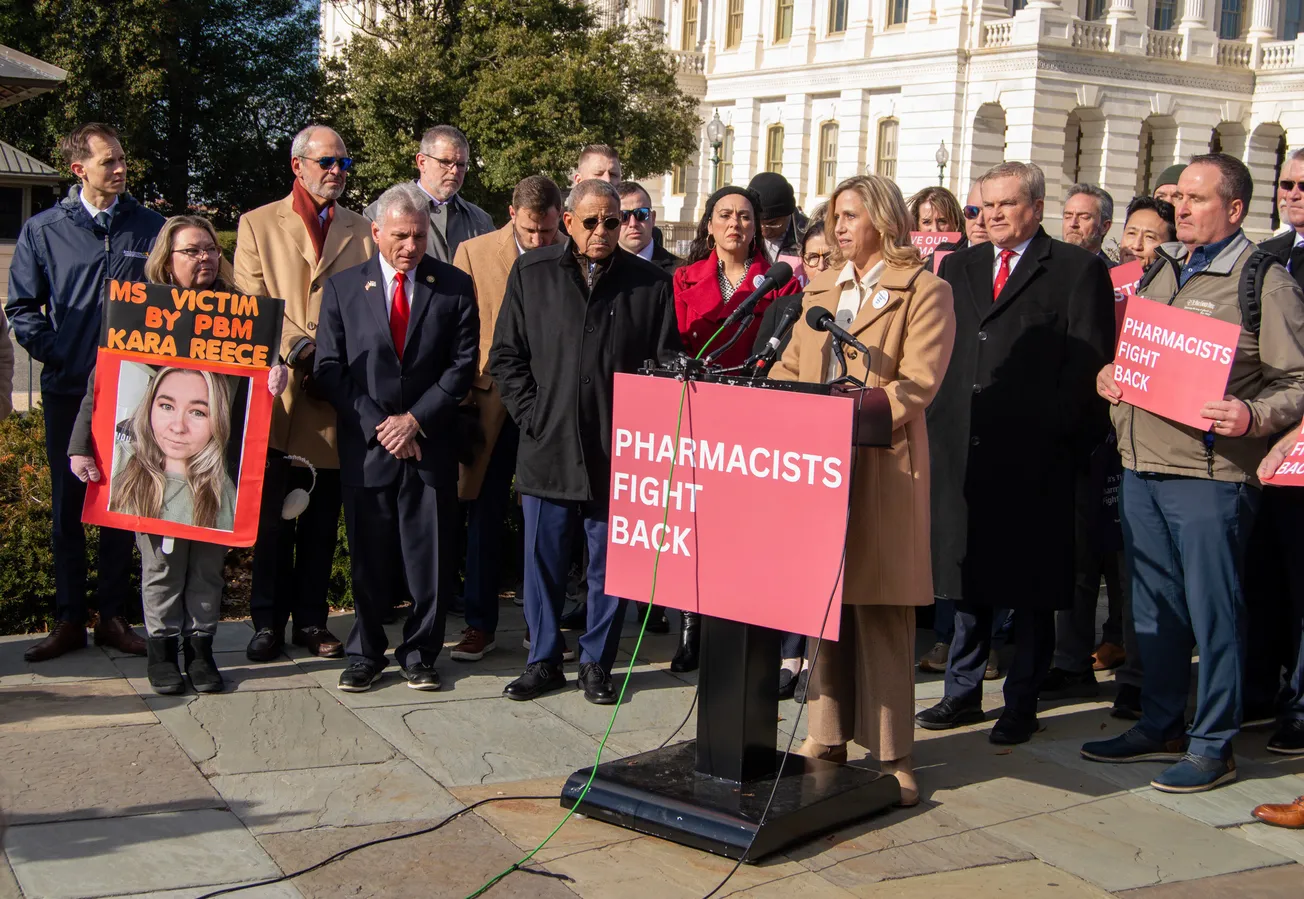WASHINGTON — Last week, The Hill hosted an event titled, “Prescription for Change: Improving Competition to Lower Drug Prices.” During the event, lawmakers and a panel of drug pricing and economic experts discussed the importance of promoting competition as the most effective way to lower prescription drug costs.

Panelists also highlighted and explained the root cause of high drug prices: abuse of the patent system to extend monopolies and prevent more affordable options, such as generics and biosimilars, from entering the market.
Read more of what policymakers and panelists had to say here:
U.S. Senator Tina Smith (D-MN):
“Many people are rationing their medication because they can’t afford it. And at the same time prescription drug prices are going up and up and up. I think they’ve tripled in the last chunk of time. This is obviously a big problem that we have to solve.”
“…One thing that happens is you have big name drug companies kind of gaming the system. They have patent protections, and they game the system in order to protect those patents. And that allows them the capacity to charge Americans many, many, many times higher prices… That is something that I think we should be able to go after and fix and there is bipartisan support for that.”
Priti Krishtel, Co-Founder & Co-Executive Director, I-MAK:
“A patent is supposed to be a time-limited monopoly where if a company invents a drug and they file for a patent, they get 20 years of exclusivity. But unfortunately, what we’ve been seeing lately is that companies are filing for dozens, or even hundreds, of patents to extend their monopoly period in order to keep their revenues and that is blocking competition from the market.”
“What we are basically seeing right now is that there are seven of the 10 top-selling drugs … supposed to go off patent in this decade. So what we are seeing is that the companies are trying to figure out ‘how do I hold onto my revenue?’ The answer that they have found is to file more and more patents to build a thicket and block competitors. We think that Congress needs to tighten the system to make sure that type of patenting behavior doesn’t happen anymore.”
“I don’t think anybody is talking about clamping down and stifling the industry’s capacity to deliver for Americans. What we are talking about are cases where there is clearly gaming of the system happening.”
Lauren Aronson, Executive Director, The Campaign for Sustainable Rx Pricing:
“You have a situation where a drug comes to market, they get their 20 years of approval. From there, what you are seeing is that manufacturers then basically create a patent fortress where they file multiple patents… They may be for things like small modifications, such as a color change or a formulation change. You have a lot of duplicative patents that are done too, where they may say [the recommended regimen] is no longer five days, it is seven days and that restarts the patent clock. And so, every time that you want to have a generic or a biosimilar [manufacturer] then try to bring a lower cost alternative to market, they have to go and challenge every single one of those patents. So, patent thicketing, or sort of like a patent fortress, is basically a way for the brand-name manufacturers just to protect their market share and it really comes as a massive detriment to consumers.”
Alex Brill, Founder and CEO, Matrix Global Advisors:
“The biosimilar market is a great example of bringing prices down in the prescription drug market overall… Biosimilars are a market-based framework. The government plays a role here; they are approving these products and facilitating this pathway, but biologic drugs are generally the most expensive drugs that we have. They can be incredibly expensive in part because of how expensive they are to develop, in part because the manufacturers have monopolies and are demanding high prices. When we create a competitive environment for biosimilars, then we get the natural market-based competition forces and what we see is prices fall. We see prices fall not only for the biosimilar who comes into the market and sets their price lower than the monopolists, but also the monopolists want to stay in the market themselves and they are forced to bring down prices.”
Watch the full event HERE.







